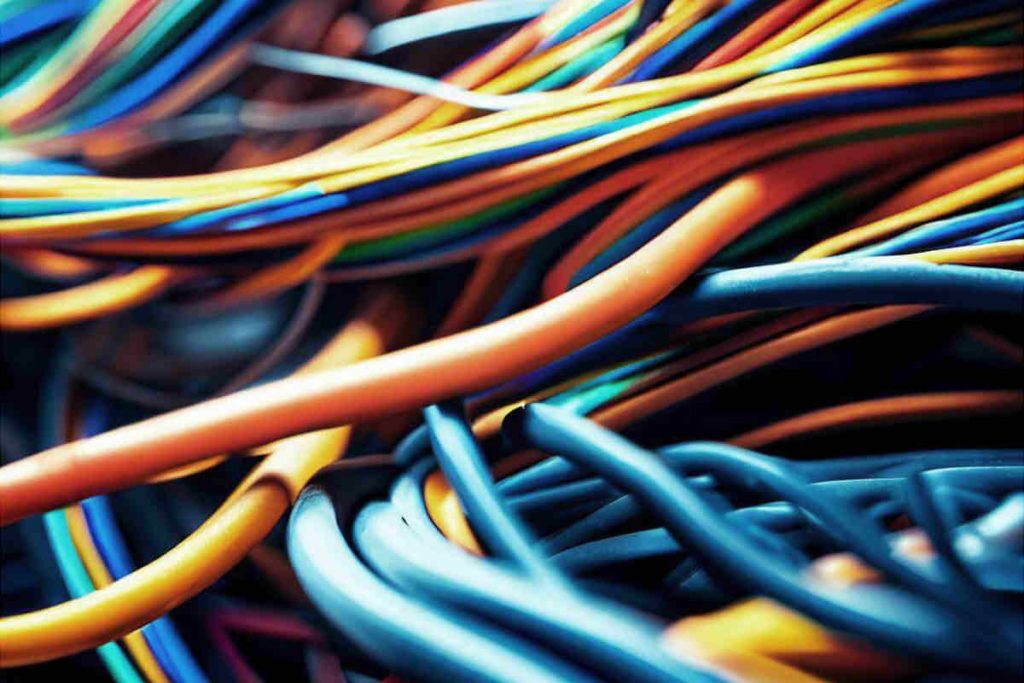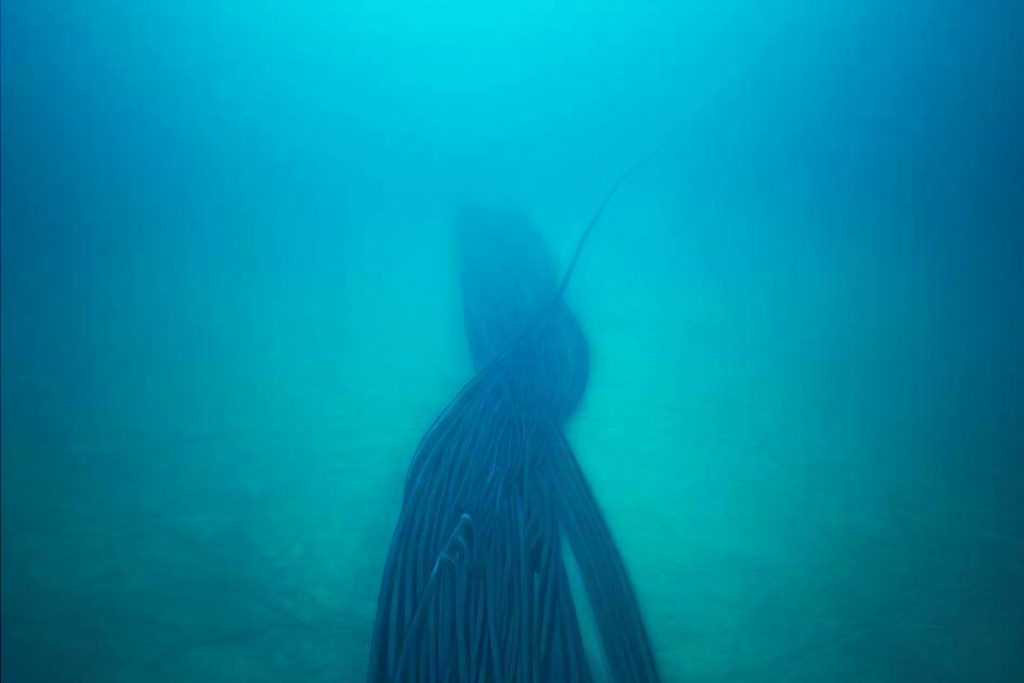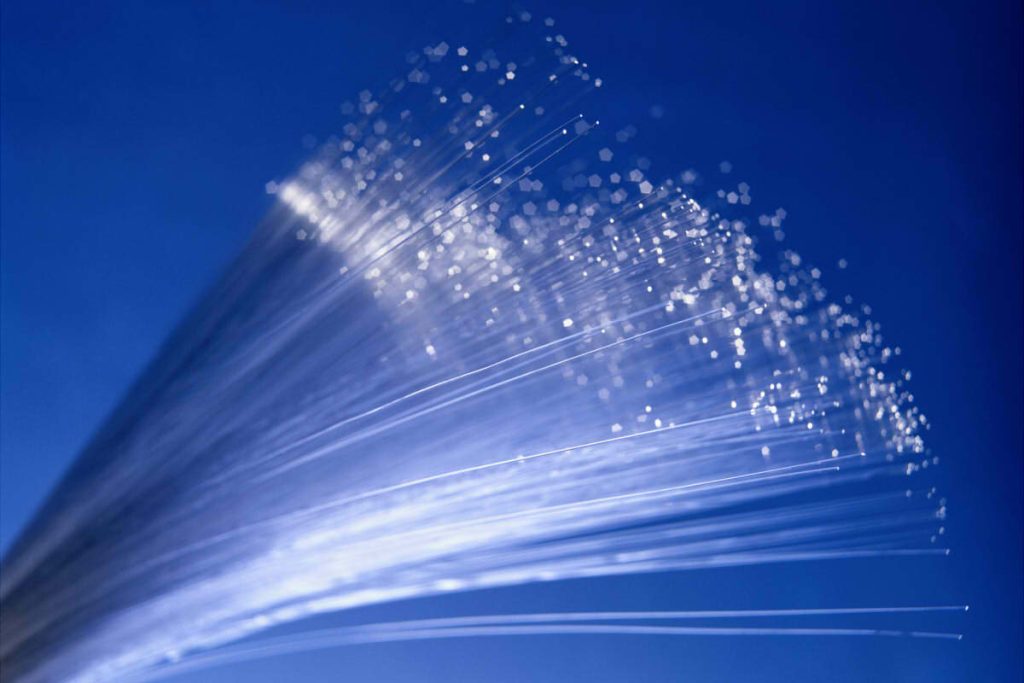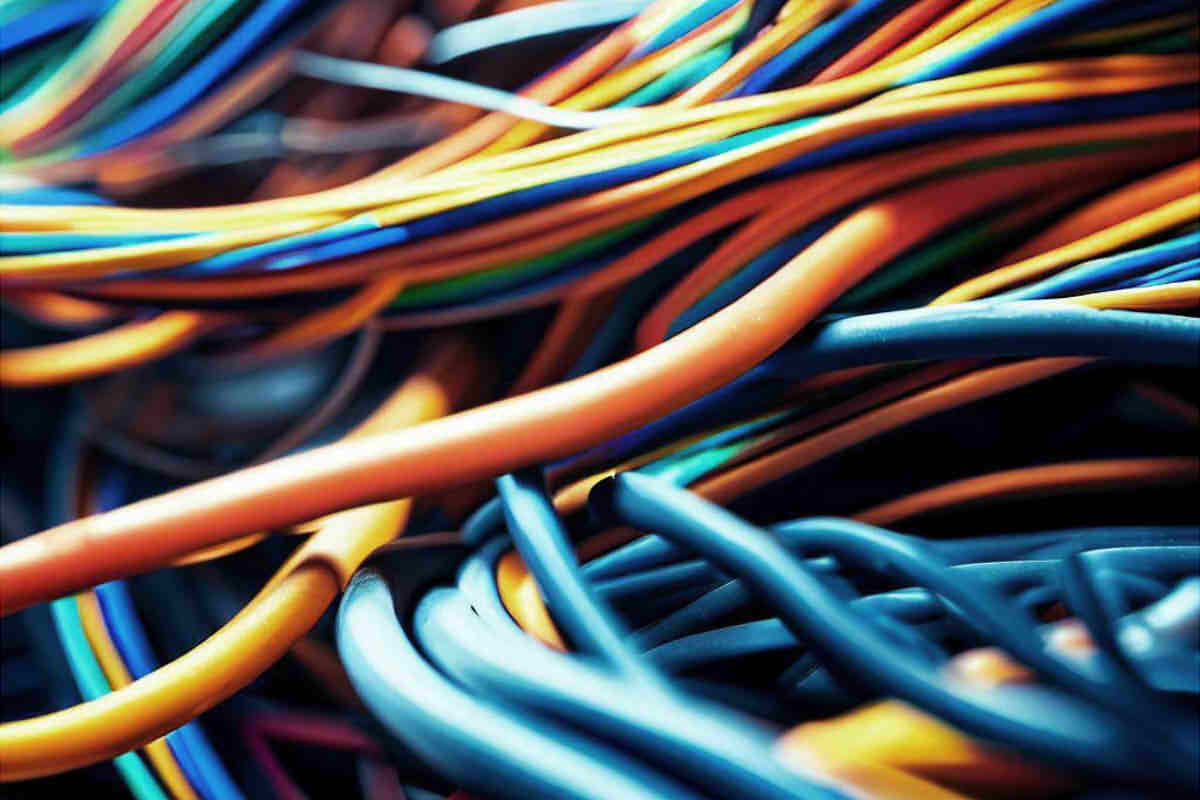The development of electrical wiring has been essential for the transmission of electricity and communication throughout history.. From the earliest discoveries in electricity generation to the latest innovations in cable technology, this article will explore the fascinating history of electrical wiring. From the first signs of static electricity to advances in fiber optic cables and superconductors, each stage has been crucial to our modern world. Accompany us on this journey through the history of the electric cable.
Discovery of Electricity and the First Conducting Cables
ago more than 2.000 years, The Greek philosopher Thales of Miletus discovered that electricity was generated through friction. Nevertheless, It was in the 18th century that significant advances were made in the field of electrical wiring..
In 1729, The Englishman Gray discovered that electricity could be transmitted along metal cables, which led to the concept of “conductor”. In 1740, The Frenchman Dezaguillier defined the concepts of conductor and insulator. Posteriorly, in 1744, The German Winkler used electrical wires to transmit sparks over long distances, marking the birth of the electric cable.

In 1752, The American Franklin invented the lightning rod and connected it to the ground using a cable, which represented the first practical application of electricity cable. Finally, in 1799, The Italian Volta invented the battery and managed to obtain direct current, laying the foundation for future advances in electricity transmission.
The emergence of the telegraph and the expansion of telegraph cables
At the beginning of the 19th century, several European and American physicists such as Oersted in Denmark, Faraday in Great Britain, Ohm in Germany and Henry in the United States, discovered and created fundamental theories about electricity and electromagnetism. These discoveries laid the foundation for the future transmission of electricity and information..
In 1833, Gauss and Weber created the first electromagnetic telegraph with a pointer, which was used in a line of 1 km during 6 years. In 1835, Morse invented the cable telegraph in the United States, what prompted the development of communication cables.
After, in 1839, Cook and Wheatstone built the first telegraph line 21 km in London, and in 1841 rubber-insulated submarine telegraph cables were laid in New York Harbor. In 1851, Britain laid the first submarine telegraph cable across the English Channel. From that moment, Europe and the United States experienced accelerated development, and in a few decades almost all the main cities of each country had telegraph cables. In 1920, The United Kingdom completed a telegraph network of submarine communications cables that connected the entire British empire.
The Emergence of Electricity in Industry and Home
As the 19th century progressed, Electricity began to play a crucial role in industry and in homes. The invention of the electric motor by Michael Faraday in 1821 allowed the use of electricity as a source of energy for industrial machinery.
In the decade of 1880, Thomas Edison and Nikola Tesla carried out key research on direct current and alternating current, respectively. Edison founded the first electric utility company in New York and developed the direct current distribution system, while Tesla proposed the use of alternating current and developed the polyphase system that allowed the transmission of electricity over long distances..

The invention of the automatic switch in 1881 and the development of more efficient electrical generators drove the widespread adoption of electricity in homes and businesses. Electrical distribution networks began to be laid in cities, and the copper cables became the standard for electricity transmission.
Advances in Submarine Cables and Information Transmission
At the end of the 19th century and the beginning of the 20th, There were significant advances in submarine cable technology. Traditional telegraph cables were improved with the incorporation of more efficient insulators, such as gutta percha and rubber, which allowed the transmission of signals over long distances underwater.
In 1858, The first transatlantic telegraph cable was laid connecting Europe with North America, although it had a limited duration. Nevertheless, in 1866, A new transatlantic cable was successfully installed, providing stable and fast telegraphic communication between the two continents..

With the advent of telephony at the end of the 19th century, telephone cables began to gradually replace telegraph cables. Advances in cable technology enabled greater voice and data transmission capacity, and extensive telephone networks were established throughout the world.
The Era of Fiber Optic and Superconductors
In the second half of the 20th century, revolutionary advances occurred in electrical cable technology. The invention of fiber optics in the 1970s 1970 marked an important milestone in the transmission of information.
The Optical fiber uses glass or plastic threads extremely thin to transmit light signals that carry data through pulses of light. This advancement allowed for faster and more efficient transmission of information compared to conventional metallic cables..

Besides, in the decade of 1980, Significant advances were made in superconducting research, materials that have almost zero electrical resistance at extremely low temperatures. Superconductors promise lossless electricity transmission and the possibility of creating highly efficient distribution networks.
Although superconducting technology is still in the research and development stages, A future is envisioned in which superconducting cables can radically transform the transmission and distribution of electricity.
conclusions
Along the history, The evolution of cables has played a fundamental role in the advancement of communication and energy transmission. From the underwater cables that connected continents to the electric cables that carried electricity to our homes, These technological advances have transformed society and brought the world closer together into an interconnected network..
With each advancement in cable technology, Higher transmission speeds have been achieved, load capacities and energy transmission efficiency. As technology continues to advance, It's exciting to imagine the future possibilities that could arise with even more innovative and efficient cables..
As a last resort, cables have been the threads that have woven our global society, allowing us to communicate, share information and energy quickly and efficiently. In an increasingly connected world, The importance of electrical wiring as the backbone of our technological and energy infrastructure will continue to be fundamental in the future.

